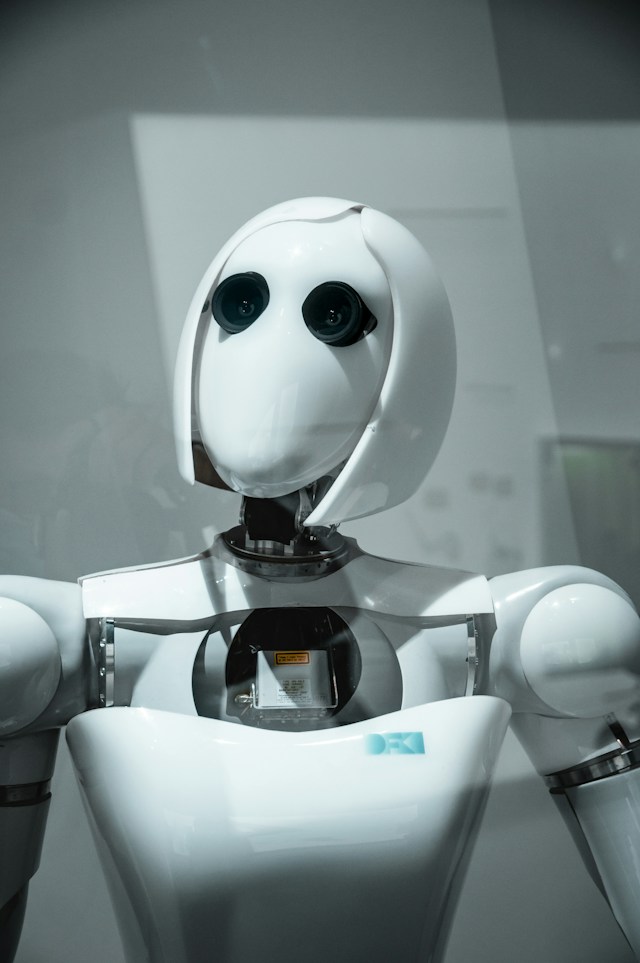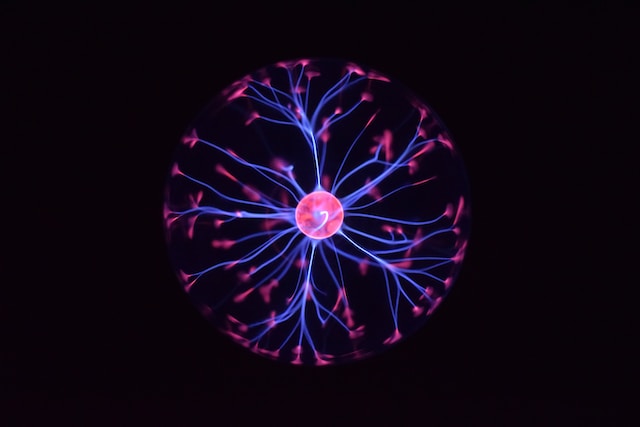The field of cryonics raises many ethical questions. Successful cryogenic preservation would radically change the world as well as what it means to be human. Therefore, it is no surprise that people have concerns. This article will focus on the problem of distribution and fair access to cryonics.
What is Distributive Justice?
The political, economic and social structures of a given society result in a certain distribution of resources. For example, a communist society – in which all resources and means of production are owned and distributed by the government – should result in an equal distribution of resources, although in reality this has never been the case. On the other hand, in a liberal democracy with free markets, there is more free choice and thus resources are distributed in a less equal manner.
There are many different philosophical theories and schools of thought relating to how resources should be distributed, from strict egalitarianism to libertarian free market principles.
One of the primary ethical concerns relating to cryonics is how it should be distributed and made accessible, and also whether it actually should be accessible to all members of a society.
Firstly, let us explore the first concern: how it should be distributed.

The Problem of Cost
The main obstacle in making cryogenic preservation accessible to all members of society is the cost involved. Currently, the price of the procedure ranges between $28,000 t0 $200,000, and has only increased with inflation.
Companies such as the ALCOR Life Extension Foundation have offered so-called ‘life insurance policies’ to combat this high initial investment cost. This makes the price of cryogenic preservation similar to that of a pension fund, in which small deposits are made into a central fund over many decades. Similarly, ALCOR set up the ‘Patient Care Trust’, using a percentage of your payment to build a fund for those who can’t afford cryopreservation.
However, while these things make the process less expensive, they do not necessarily make it cheap nor fully accessible. Thus, cryonicists have replied to this criticism with two economic arguments.
The Cryonicist Response
Firstly, it is argued that as the demand for cryonics increases, supply will increase, thus the process will inevitably become cheaper. An increase in supply means that there will be more economic competition between private organisations, resulting in price competitiveness. This will cause a downward pressure on the price of cryogenic preservation, gradually making it accessible to many more people.
This is generally a convincing argument. However, it is limited by the fact that cryogenic preservation is a specialist medical procedure, involving many short and long-term costs. Therefore, although prices may decrease with increased supply, the extent of this decrease is likely limited.
A second economic argument offered by cryonicists for increasing access and distribution focuses on that of private investment and governmental subsidy. By heavily investing in and subsidising the cryonics industry, this will not only lead to more advancements in the field but will also allow these companies to lower their prices.
At face value, this argument works. It is true that by subsidising the cryonics industry, companies will be able to lower their prices, allowing for far greater access to and distribution of the procedure. However, as with any economic choice, this comes with an opportunity cost – in other words, the foregone benefits of the next best alternative.
The main problem of heavily subsidising the cryonics industry is this opportunity cost. The money invested in the cryonics field could arguably be used in ‘better’ ways, with results that are much more immediate to us. For example, this money could be spent on third world aid, investment in other areas of science (such as cancer or Alzheimer’s disease research), or even invested in charities and social programs. All of these alternative organisations would of course be of greater benefit to humanity at present. Similarly, seeing as the future success of cryonics is probable but not actually guaranteed, the opportunity cost becomes greater. Thus, the ethical question at hand is whether or not investment in cryonics can be ethically justified given the alternatives.

Is Investment in Cryonics Ethically Justified?
To answer this question satisfactorily we would first have to address the question of whether life extension and/or immortality are actually desirable things. However, as this question would require a lot of attention (beyond the scope of a single article) we will initially run on the assumption that life extension and immortality are desirable things. Given this assumption, can we justify subsidising the cryonics industry?
Every year, the US invests approximately $22 billion in NASA funding, accounting for 0.5% of state spending. In a similar way to cryonics, space exploration is heavily predicated on a future hope. In other words, it is an investment in the future that isn’t realized in the immediate present. Therefore, the same argument could be made against funding NASA: wouldn’t this money be better spent on more immediate projects?
Many people may say that this money would indeed be better spent elsewhere, on more immediate concerns. If $22 billion was donated to charities such as WaterAid or StopTB, for example, we would likely see huge immediate changes. However, the overwhelming majority would argue that space exploration has intrinsic value with many associated benefits that outweigh the opportunity cost of its funding. For example, the funding for space exploration results in many benefits such as scientific breakthroughs, inspiring the next generation, more information about our planet via satellite technology, and the production of jobs in the space sector.

Following this line of argument, the same could be said for cryonics. By investing in the cryonics industry, we are investing in a future hope. Similarly, there are likely to be many benefits aside from merely making life extension possible,such as scientific breakthroughs, a far deeper understanding of human biology and gene technology, as well as an increase in employment opportunities in the life extension sector.
Equally, cryonicists often counter the premise that their field is not relevant in present times. The cryonics movement argues that those who are not cryogenically preserved are permanently dead, while those who are preserved are only ‘legally dead’ (without a heartbeat). They have gone as far as to argue that legal death is a social construct and that the burying of the dead is a form of euthanasia. However, the cryogenically preserved have avoided this form of euthanasia and are instead, essentially ‘buying time’ while science figures out how to make revival possible. For cryonicists, death is a disease with a currently unknown cure. Therefore, to not look for the cure would be as unethical as with any other disease. As a result, cryonicists argue that they are actually saving lives by preserving the body. Thus, investment in cryonics could be said to be as ethically justified as investment in any other medical/social aid sector.
Overall, the issue of distributive justice is not an easy one for cryonics. The cost of cryogenic preservation is high, and has only increased since it began. However, with private investment and governmental subsidy, cryonics has the chance of not only making breakthroughs, but also of becoming accessible to everyone.















